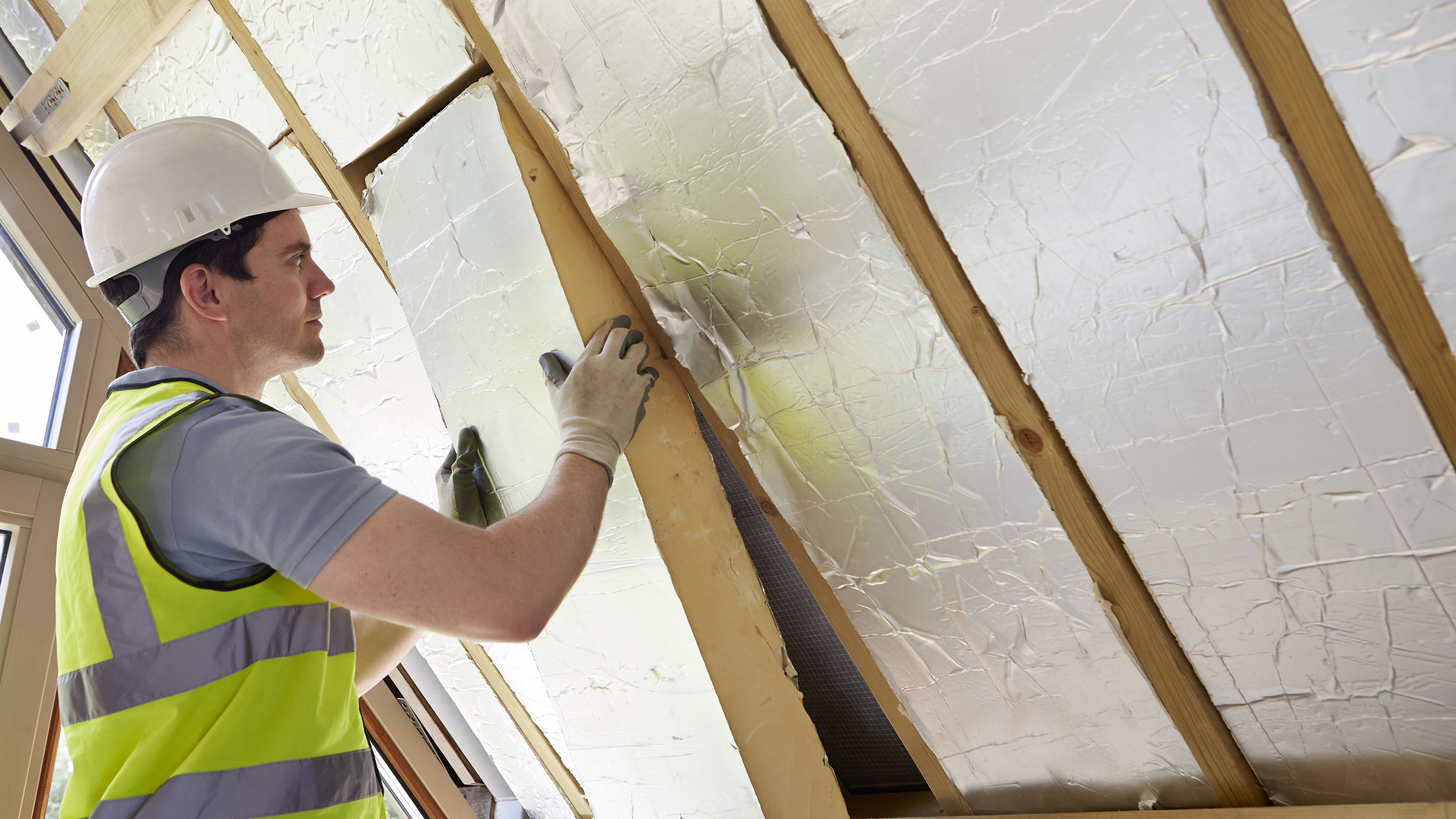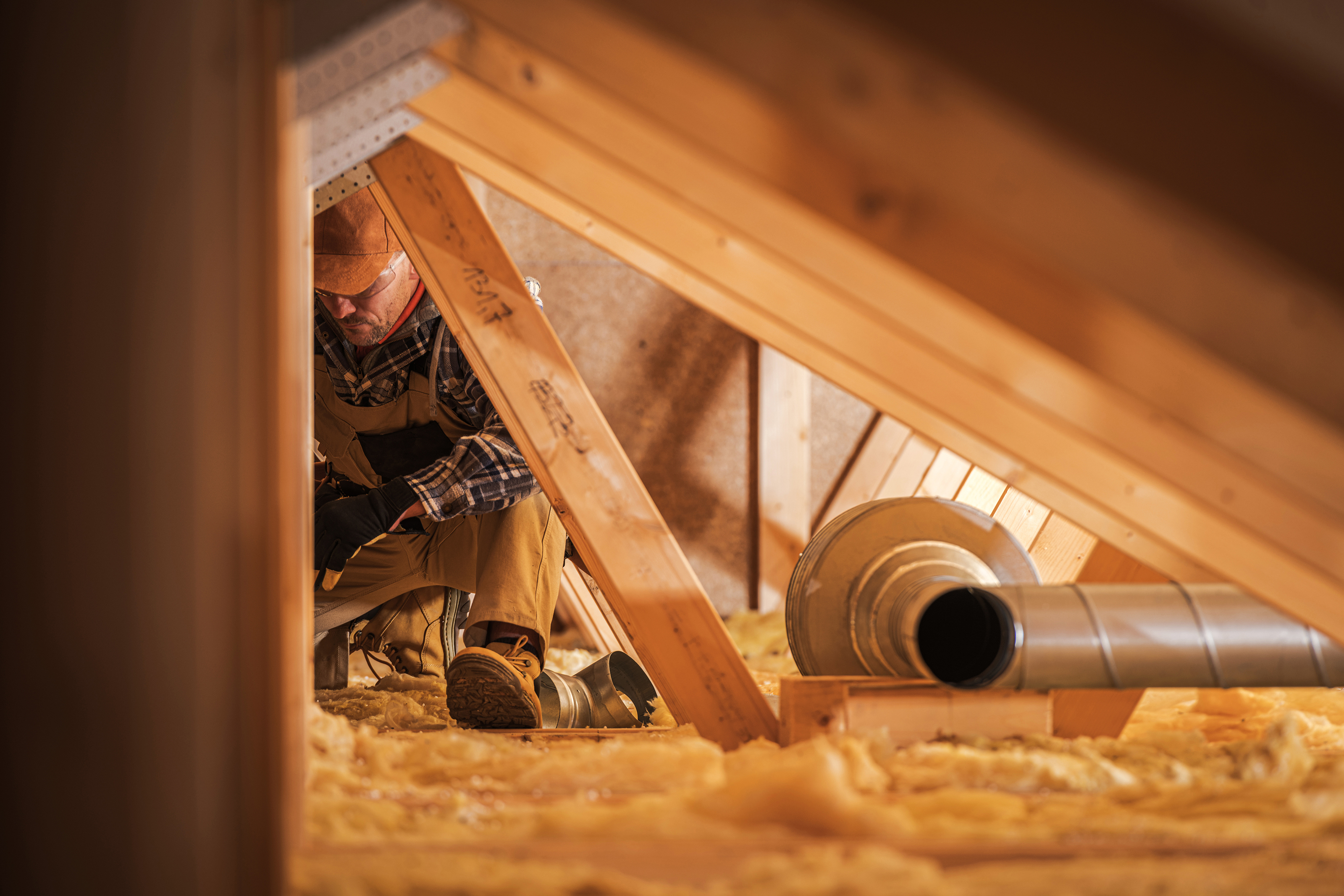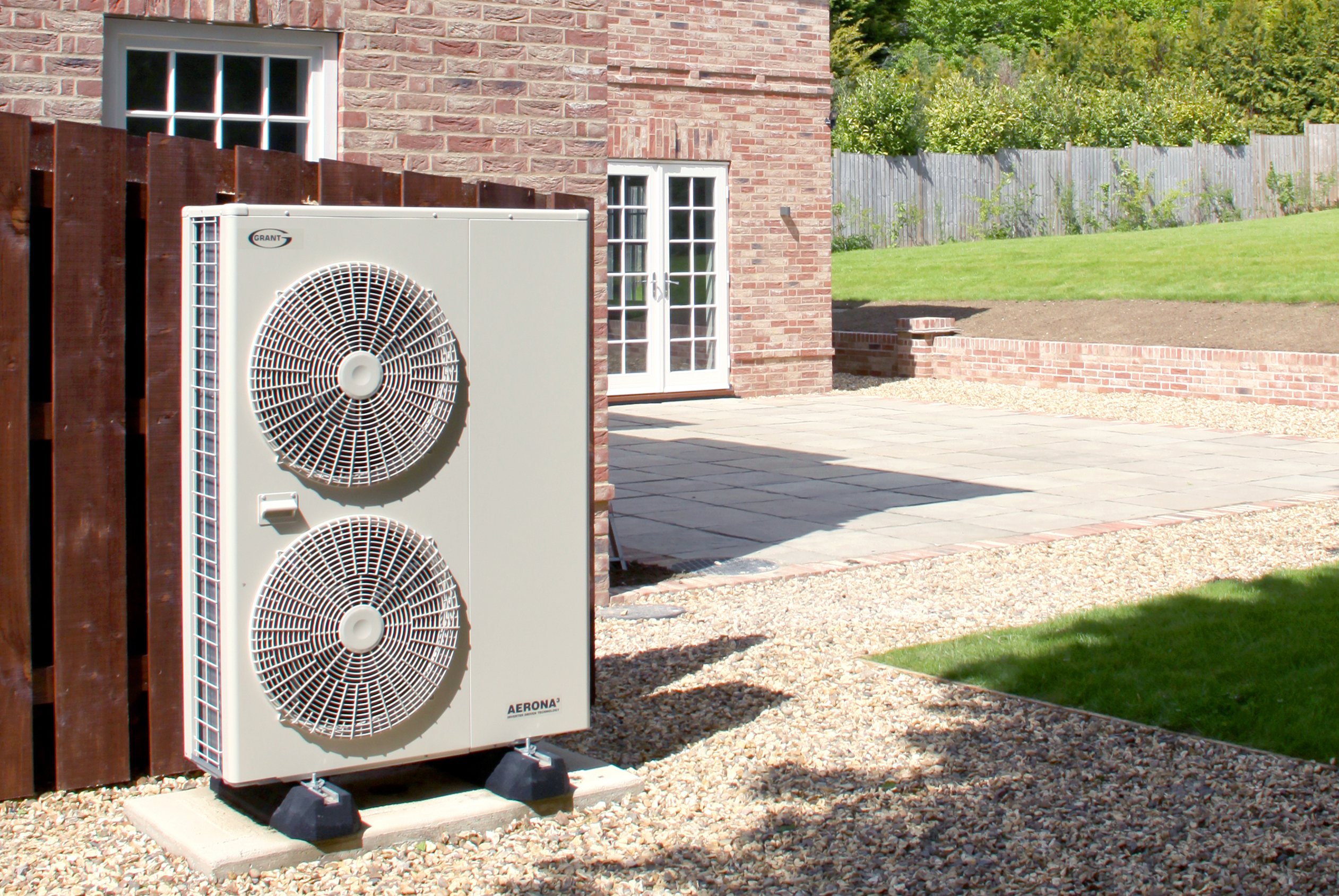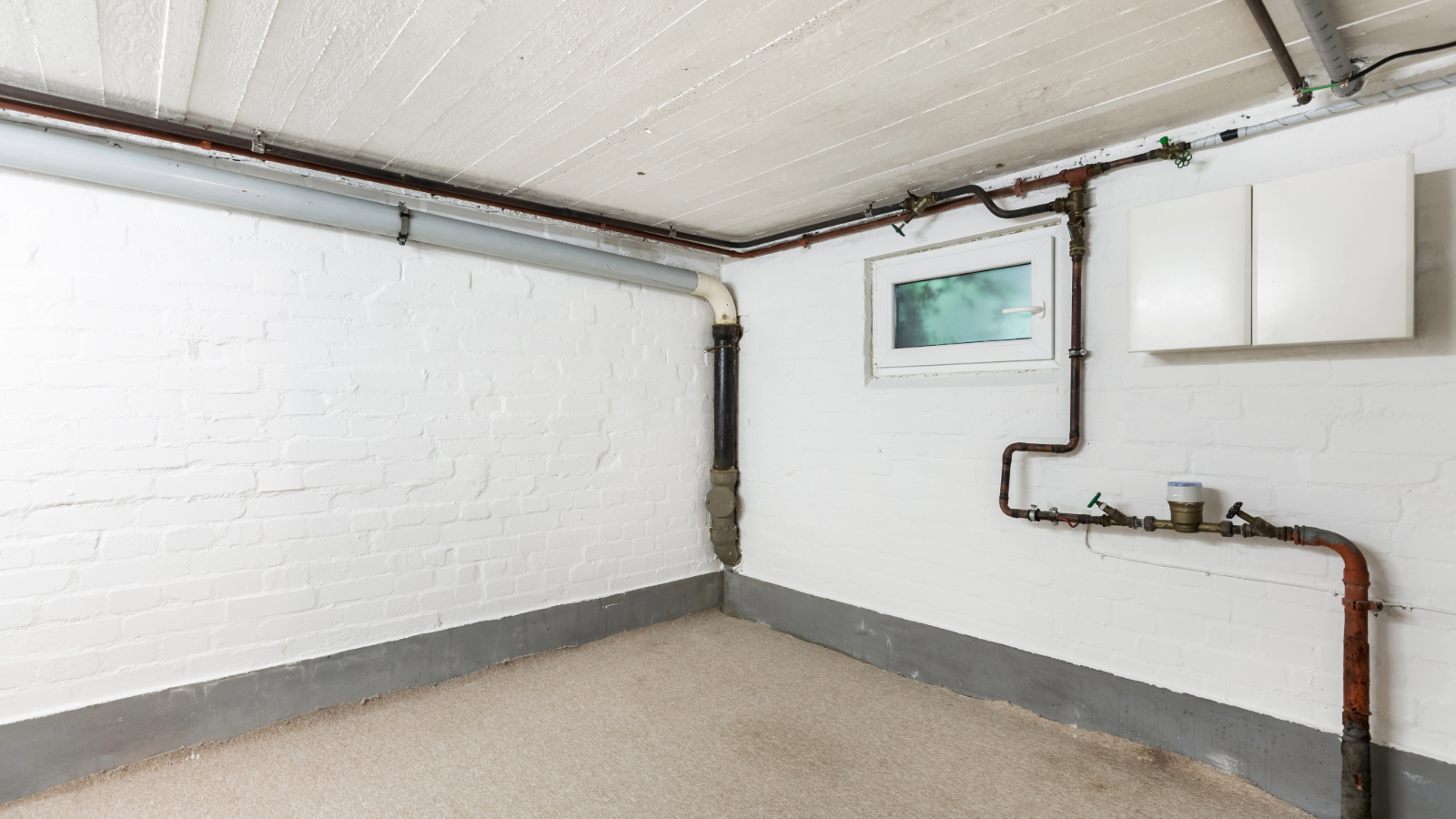Ireland’s Retrofit Ambitions Lay Down Challenge for UK Government
Could the Irish government’s new retrofit strategy pave the way for the greening up of British homes? We examine how the scheme will work

Architects and industry groups have long advocated for a national retrofit strategy to be introduced in the UK, so far to no avail. But the new Irish National Retrofit Strategy demonstrates an ambition that begs the question, could it be replicated in the UK?
Ireland’s new plans for retrofitting homes are designed to minimise carbon emission from homes and save households money on their energy bills. Yet despite industry campaigning, no such UK government scheme exists.
RIBA recently called on the UK government to roll out a national retrofit scheme after its research revealed that 12% of England’s total carbon emissions comes from 3.3 million homes built between 1919-1939, which have not been privately retrofitted.
Cost is a prominent factor preventing the rollout of a UK scheme. Scale is another; with around 28 million homes needing to be retrofitted.
However, Ireland’s landmark scheme is an important step towards achieving net zero, and its implementation will be intriguing as the UK government studies its rollout and assesses its successes.
We examine the planned implementation of the Ireland scheme, and investigate whether such a scheme could work at scale in the UK.
Why Has Ireland Launched The Scheme?
The Irish government’s National Retrofitting Scheme pledges to upgrade the energy efficiency of 500,000 homes by 2030 — around one third of homes in Ireland. It forms part of the Irish government’s Climate Action Plan, which has set the target for an overall reduction in greenhouse gas emissions of 51% by 2030, and to achieve net zero by 2050.
Bring your dream home to life with expert advice, how to guides and design inspiration. Sign up for our newsletter and get two free tickets to a Homebuilding & Renovating Show near you.
This government says this scheme represents the step-change needed – in pace and scale – to deliver this target.
The measures covered in the aim include the installation of 400,000 heat pumps, and a significant increase in the number of free energy upgrades for those most at risk of fuel poverty (400 per month – up from an average of 177 per month in 2021).

How Will the Scheme Work?
The core of the strategy is the National Home Energy Upgrade Scheme, which will provide grants of up to 50% of the cost of a typical deep retrofit — up from 30%-35% grants currently available.
The Irish government estimates that a deep retrofit will cost around €66,000, to bring a home up to a B2 BER standard as well as installing a heat pump. Although improvements will be available on a step-by-step basis, depending on what homeowners can afford and what will noticeably improve their energy efficiency.
Each grant will vary depending on home types and improvements installed, with funding available for insulating a wall and roof, heat pumps, heating controls and solar panels. You can also apply for new doors, windows and ventilation.
In each case, homeowners will need to find a contractor, apply for a grant, pay for the work and claim the grant back afterwards.
Alternatively, homeowners can apply at ‘one-stop-shops’ for companies to essentially cover all the jobs for them. These jobs include arranging an assessment, agreeing a price for the works and organising the job and subsequent claim of grants.
The one-stop-shops are intended to simplify the process for homeowners (a criticism of the much maligned Green Homes Grant in the UK was that the application process was too complicated).
There will also be a new 80% grant available for all households to insulate a loft or install cavity wall insulation, which the government says will “urgently reduce energy use as part of the government’s response to current exceptionally high energy prices”.

How Will it be Financed?
The scheme will utilise €8bn (£6.6m) of new funding up to 2030. This will fund up to 50% of the cost of insulating homes and low carbon heating systems, up from the current level of 30 to 35%.
More than half of this funding will come from carbon tax revenues – due to increase year-on-year – while the Irish government plans to use part of its EU Covid-19 recovery funding to launch a residential retrofit loan guarantee scheme to help cover additional retrofitting costs.
This loan will be introduced later this year, which is an important point, because it means that until it's in place, homeowners do not have this element of financial support.
Once launched, the loan scheme will aim to provide finance at an interest rate of between 3-3.5%. The government says that until then, homeowners can apply for funding from existing lenders or consider funding the non-grant part of their retrofit themselves.
However, this could mean that if your deep retrofit costs €50,000, for example, with half of it covered by grants, you may shave to pay the remainder until the loan scheme launches.
How Would a UK Scheme Compare?
As previously mentioned, the two key comparable components are cost and scale. 500,000 homes could be retrofitted on the scheme, but for context there are 28 million homes in the UK that need retrofitting; and around 3.6m homes in London alone.
“The scale of the task in the UK is considerably bigger, but no less important,” says Paul Testa, founder of Paul Testa Architecture and contributor to Homebuilding & Renovating, who has previously questioned why the UK has no retrofit scheme. “There’s no denying the scheme would clearly need more funding and the logistical challenge would be much greater if it was going to have proportionally the same effect.”
To put the hypothetical cost increase into perspective, let’s examine the €8bn commitment to upgrade 500,000 homes. Theoretically, if you were to retrofit every single one of the 3.6m dwellings in London – a 7x increase – then the funding would be equivalent to €35bn (£29bn).
The UK government is unlikely to invest this sort of money into retrofit schemes, but that’s not to say that the government isn’t taking action. £450m is being invested into the Boiler Upgrade Scheme in April, which will benefit an estimated 90,000 homes.
And £1.5bn was initially offered for the Green Homes Grant, which collapsed due to poor administration. Following its closure, only £320m of this funding was then allocated to the ‘local authority delivery’ part of the scheme, which allows councils to bid for funding to carry out retrofits within low-income households.

The failure of the Green Homes Grant would be a key learning point ahead of any prospective UK retrofit strategy. Having initially pledged to upgrade 600,000 homes – 100,000 more than Ireland’s plans – only 10% of this target was achieved. Long-term planning in alignment with industry would be required for any new scheme to be successful.
To tackle costs, Testa says that one easy fix would be to eliminate VAT on low-energy retrofit work (which currently stands at 20%). “This obviously has a cost impact on trades, but it’s a good way of reducing the upfront investment while securing more economic growth.
“Therefore, £29bn doesn't actually sound so bad. Given that retrofit delivers £2 into the economy for every £1 spent and saves the NHS 42p per £1, it feels like a very sound investment.”
What Does the UK Government Need to do?
Mike Foster, CEO of the Energy and Utilities Alliance, says that in the absence of a UK retrofit scheme, the UK needs to tailor its decarbonisation plans for homeowners.
“Energy bills are rising at levels never seen before; people are struggling to pay their bills, so energy efficiency is a way of helping them. Some elements, like loft insulation, are cost-effective and can deliver immediate financial benefits. Remaining UK homes needing loft insulation should be our priority. Then comes cavity wall insulation.”
In February, Chris Stark, head of the UK's Climate Change Committee, said that he rated the government’s policy on insulation as "very poor", warning it needed to do more to insulate homes. UK government data confirms that 19 million homes in the UK require better insulation.
“The reality we need to face is that some insulation measures, such as external wall insulation, are prohibitively expensive even with record energy prices,” added Foster.
“Consumers won’t spend £12,000 to save £150 a year and who can blame them? That’s why we should insulate what we can cost-effectively, then decarbonise the energy people use.”
Could we Yet See a UK Strategy?
The Construction Leadership Council is among the organisations which has drawn up such a strategy for how the government can retrofit UK homes. And RIBA continues to push for a strategy which prioritises insulating walls and installing heat pumps in interwar homes.
Testa stresses the urgency of the implementation of a retrofit scheme should be among the highest priority items for the government. “It’s hugely important for a coherent and ambitious retrofit strategy to be implemented in the UK as soon as possible to deliver this in a meaningful manner.”
Retrofitting homes would help to reduce homeowners’ bills, reduce demand for energy and help to achieve net zero. But the path to getting there remains uncertain at best; unlikely at worst.
Jack has worked in journalism for over a decade and was the former News Editor of Homebuilding & Renovating between 2019 until 2023. In his time as News Editor he broke the most relevant and beneficial stories for self builders, extenders and renovators, including the latest news on the construction materials shortage, planning permission and green initiatives. In 2021 he appeared on BBC's The World at One to discuss the government's planning reforms.
He enjoys testing new tools and gadgets, and having bought his first home in 2013, he has renovated every room and recently finished a garden renovation.

